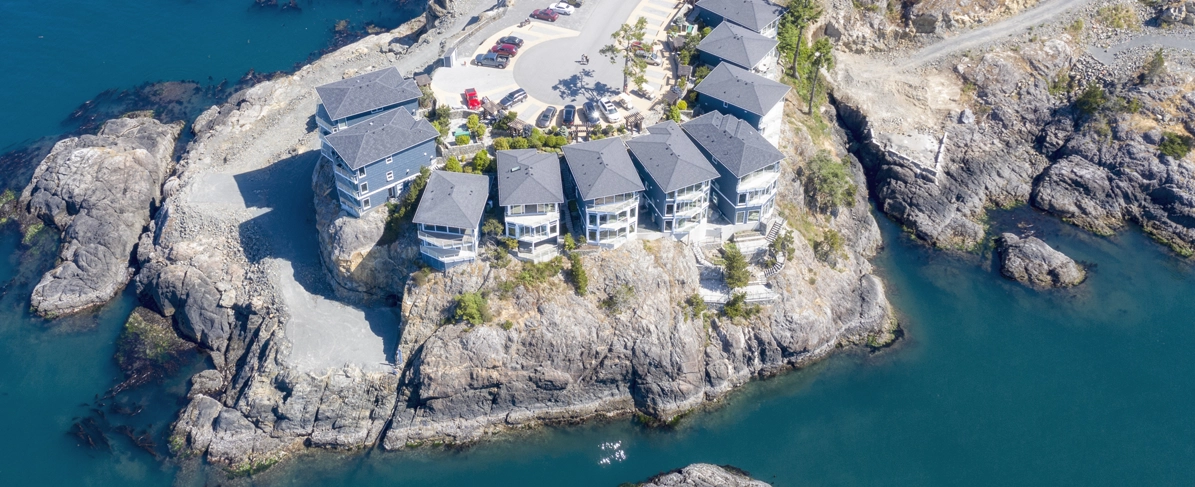

Home construction using Insulated Concrete Forms is becoming increasingly popular as the demand for eco-friendly building materials rises. But did you know that ICFs can also be used for much more than residential foundations? The highly versatile technology can be customized for any architectural style and climate, making it ideal for a variety of residential, commercial and industrial projects. Here are just a few innovative examples of building types that benefit from ICFs:
In addition to their houses, homeowners are seeing the appeal of Insulated Concrete Forms for their outdoor living projects too. And since swimming pools are often built in conjunction with custom homes, it is a natural fit to use ICFs for both.
An article posted by ICF Builder Magazine suggests that swimming pools can lose up to 80% of their temperature through the sides and bottom, so building with ICFs will greatly reduce this heat loss due to their continuous insulation. Nudura forms can also be designed to accommodate any space restrictions or custom geometries, making ICFs a great option for pool construction.
Building a school today means choosing products and materials that reduce their environmental impact and improve energy efficiency. ICFs offer many cost-saving advantages, as the sustainable wall solution creates a high-performance building envelope with superior insulation.
A great example of an ICF school is the Richardsville Elementary School in Bowling Green, Kentucky. As the first net-zero school in the United States built with ICFs for the interior and exterior walls, it was designed to use 75% less heat than the ASHRAE 90.1 design standard for elementary schools. Plus, forms from Nudura® allowed the building to be constructed quickly during the winter and provide sound resistance in the gym, cafeteria, music media center, and between classrooms.
As many homeowners and community leaders worry about their ability to cope with extreme weather events like severe storms, hurricanes, tornadoes, and flooding, some are taking the next step to build a safe room or storm shelter. This disaster resilience is easily accomplished by using Insulated Concrete Form safe rooms.
Walls built using ICFs can help meet FEMA standards and have proven to withstand winds up to 250 mph (402 kph) and protect against flying debris. Safe rooms can be created by building any room with ICF walls, pouring a “concrete lid” on top, and installing a steel door. In areas prone to natural disasters, a community safe room can even be constructed in a school, hospital, or commercial building.
For resorts, hotels and other properties in the hospitality sector located near water, building construction needs to factor in the damp climate and potential for high winds and natural disasters. Whether it’s a beachfront property or lakeside retreat, ICF structures are the perfect solution to maintain comfortable interior temperatures, reduce risk of mold and mitigate damage from winds and airborne debris.
For example, the SookePoint Cottage Resort in Victoria, British Columbia is based on an ancient volcanic peninsula. 84% of the property is surrounded by the Salish Sea, so building with wood would come with the potential for water penetration, mold and mildew, both during and after construction. To eliminate this risk, the developer used ICFs, going up three floors to the roof in each building of the resort, with full-span steel, concrete floors, and concrete cantilevered decks.
Curious about what else you can do with Insulated Concrete Forms? Check out our array of ICF case studies here.